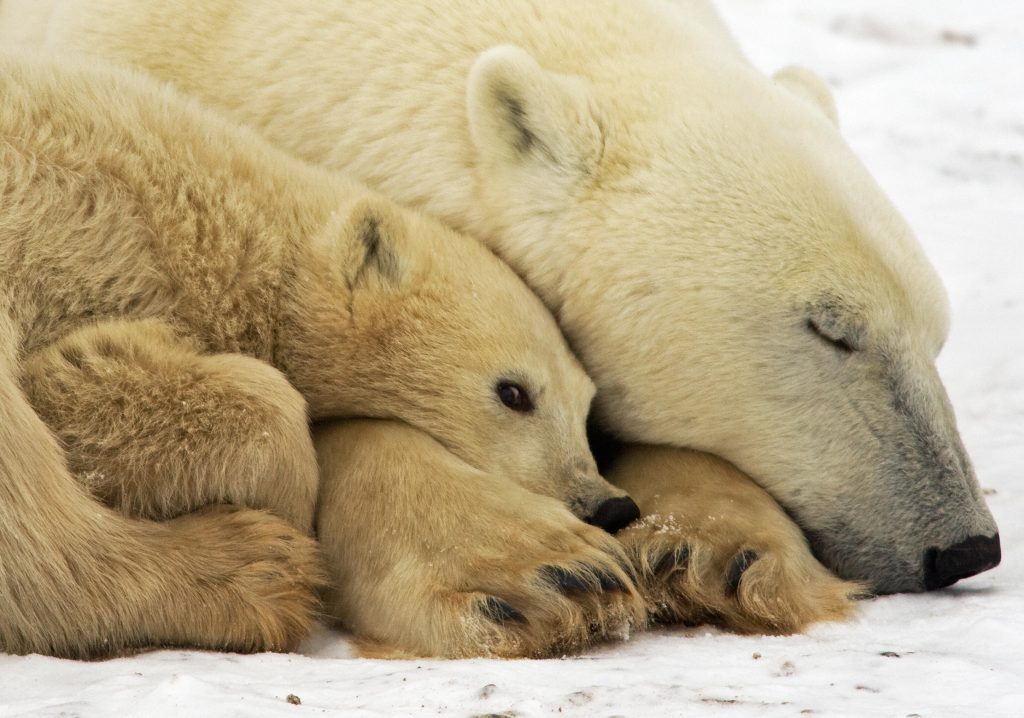How polar bear fur could unlock ice-free innovation across industry

Preventing ice buildup in extreme temperatures has long vexed industries from aviation to energy, but a new study suggests the answer may have been close to home all along — in polar bear fur.
In a study published in Science Advances, an international team of researchers found that the natural oils in polar bear fur prevent ice from sticking its hairs, even in the harshest Arctic conditions, a discovery that could have implications for industries struggling with ice buildup, especially in the face of climate change.
“We found that specific lipids in the sebum, such as cholesterol and diacylglycerols, exhibit very low adsorption energies on ice,” Marco Sacchi, an associate professor at Surrey’s School of Chemistry and Chemical Engineering, and study co-author, said in a statement.
“This weak interaction is what prevents ice from adhering to the fur.”
Squalene who? The lipid polar bears are lucky to be without
To do the study, the research team conducted simulations to investigate how the sebum interacts with ice at the molecular level.
In their tests, they found that untreated polar bear fur performs as well as high-performance anti-icing coatings used by many industries today, but when the fur’s natural oils were washed away, ice stuck four times more easily.
The researchers also discovered that an unusual combination of lipids gives polar bear fur its superior ice-shedding properties.
“It’s fascinating to see how evolution has optimised the sebum’s composition to avoid ice adhesion,” Sacchi said.
“We found squalene, a common lipid in other marine mammals, was almost entirely absent in polar bear fur. Our computational simulations revealed squalene strongly adheres to ice, and this absence significantly enhances the fur’s ice-shedding properties.”
Fur real: Unlocking nature’s hidden fixes for today’s problems
The researchers say their findings show the power of bringing together different areas of expertise to better understand nature’s solutions to real-world problems.
“Our findings highlight the power of interdisciplinary collaboration,” Sacchi said.
“We combined experimental evidence, computational chemistry, and Indigenous Arctic insights to uncover a fascinating natural defense mechanism — which could transform how we combat ice in everything from aviation to renewable energy.”
Comments, tips or story ideas? Contact Eilís at eilis.quinn(at)cbc.ca
Related stories from around the North:
Canada: In the gateway to the Arctic, fat, ice and polar bears are crucial. All three are in trouble, CBC News
Norway: On thin ice, more polar bears move from Svalbard to Franz Josef Land, The Independent Barents Observer
Russia: Polar bears face extinction in Svalbard and Arctic Russia says scientist, The Independent Barents Observer
United States: Alaska polar bear den disturbances part of ‘death by a thousand cuts,’ researcher says, Alaska Public Media



